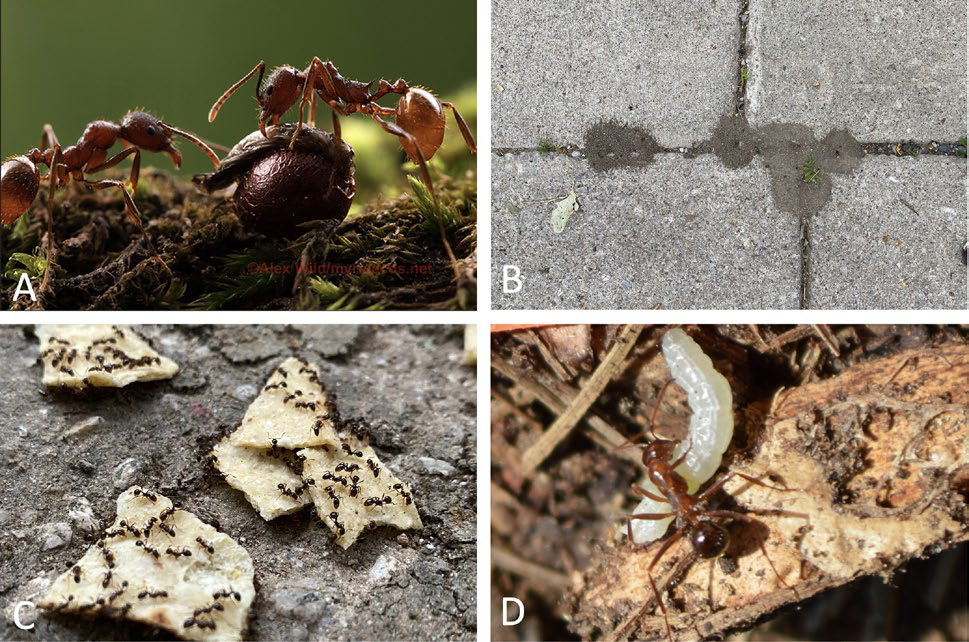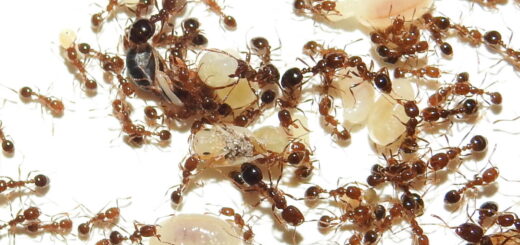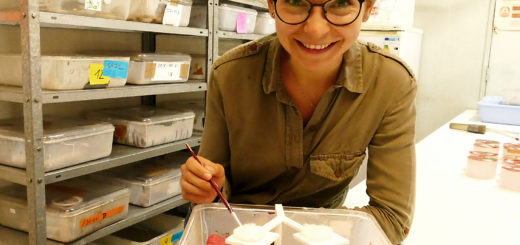Ants in the city: Pest or ecosystem service provider?

In the recent review article, “Ants (Hymenoptera: Formicidae) and ecosystem functions and services in urban areas: a reflection on a diverse literature”, published in Myrmecological News, Ivette Perfecto and Stacy M. Philpott review the role of ants in providing ecosystem services in urban areas, including seed dispersal, soil enhancement, scavenging of food waste, and pest control. The authors discuss how urbanization affects the ant community and the resulting impact on ecosystem services. Also, the effects of climate change on ant communities in urban areas are addressed, particularly how ants with broader temperature ranges and higher heat tolerance are more likely to persist in urban environments. Here, Stacy Philpott answers a few questions about the review.
An Interview compiled and edited by Alice Laciny and Patrick Krapf

MNB: Could you tell us a bit about yourself?
SMP: I am a Professor at the University of California, Santa Cruz in the Department of Environmental Studies. My research focuses mainly on understanding how agroecosystems can be used to support both biodiversity conservation and human well-being. I am really passionate about studying and observing insects of all kinds, in all types of agricultural systems – but I have a special place in my heart for ants, coffee farms, and urban gardens.
MNB: Could you briefly outline the research you published in Myrmecol. News in layman’s terms?
SMP: The research that Dr. Ivette Perfecto and I worked on together summarizes what scientists know about the importance of ants in urban environments. Although the vast majority of the studies of ants in cities talk about how they harm our houses and computers, and transmit diseases, ants can also be beneficial. So, we decided to focus on ecosystem services that ants provide– such as improving soil conditions, controlling pests, and eating human food waste – in cities. We also talk about how both urbanization and climate change will affect the types of ants that we find in cities, and how changes in the identities of ants that we find may negatively affect their abilities to provide these helpful services.
MNB: What is the take-home message of your work?
SMP: Our literature review documents that the ecosystem services provided by ants in urban areas are abundant, however, the degree to which ants provide ecosystem services is strongly influenced by the ants that are present. Sometimes, the ants that are present do a great job! But sometimes the effects of urbanization and climate change result in ant communities that are less efficient at providing ecosystem services – and this could have impacts on urban ecosystems.

MNB: What was your motivation for this study?
SMP: I have been doing work on urban insects for 15 years, but mostly focused on bees, ladybugs, and other pest and predator insects. Writing this review gave me a chance to really focus on urban ant literature!
MNB: What was the biggest obstacle you had to overcome in this project?
SMP: I’d say for both of the authors – finding the time to wrap up the project!
MNB: Do you have any tips for others who are interested in doing related research?
SMP: Urban ants are really fascinating, and easy to study anywhere. Observe in the backyard, while around the pool, in the parking lot, or in your garden! Observe what plants they visit, if they are tending aphids or other hemipterans, if they are engaged in battles with other species, or if they are carrying away garden pests. Ants are the perfect study organism for our daily lives.
MNB: Where do you see the future for this particular field of ant research?
SMP: There are a lot of things that we still don’t know about the role of ants in cities. While we discovered a lot of studies from the U.S.A. and from Latin America, there are a lot of ecosystem services that ants are likely providing in other global regions that can be explored. We know relatively little about the role of ants in urban agroecosystems, and how an invasion of ants is impacting services provided by native ants. I think also exploring the complex interactions between ants, hemipterans, pests, and pollinators could be a ripe area for urban agroecology research!





Recent Comments